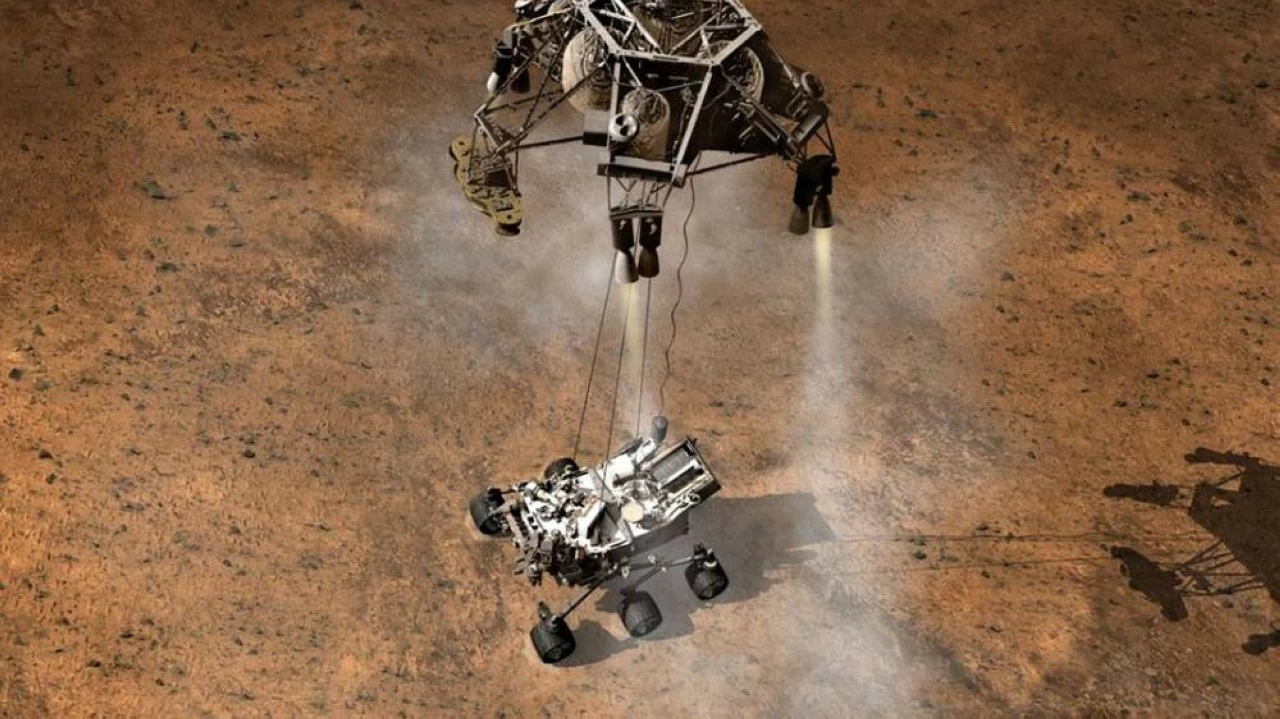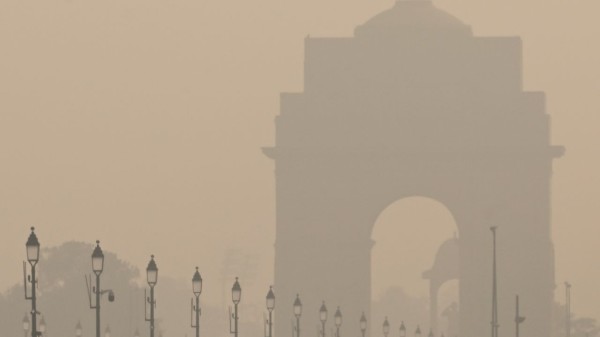

By signing in or creating an account, you agree with Associated Broadcasting Company's Terms & Conditions and Privacy Policy.


By signing in or creating an account, you agree with Associated Broadcasting Company's Terms & Conditions and Privacy Policy.

ISRO launched the Mars Orbiter Mission on 05 November, 2013, and successfully reached the Red Planet on 24 September 2014, after a journey of 298 days. The orbiter managed to operate for eight years before ISRO lost contact in October 2022 during an extended eclipsing period. The mission was an incredible success and has improved the scientific understanding of the Red Planet, its geological history and its wispy atmosphere. Now, ISRO plans to return to Mars with a more ambitious mission that will attempt to land on the surface.
The Mars Lander Mission (MLM) or Mangalyaan 2 mission is the follow-on mission to Mangalyaan 1. The mission has been cleared by the space commission but is yet to be formally approved by the Union Cabinet. At this point, there is no allocated budget to the mission or a planned timeline, but ISRO scientists have crystallised the configuration of the mission. To reach the surface of Mars, ISRO plans to use a sky-crane to gently lower the lander to the surface before flying away.
The Earth has a thick atmosphere, while the Moon nearly has no atmosphere. Mars has a tenuous atmosphere that ISRO plans to use to the fullest for the Mars Lander Mission. The probe will initially shed its velocity with supersonic parachutes deployed in the upper atmosphere. The Mangalyaan 2 mission will be traveling at a velocity of seven kilometres per second on approaching the Red Planet, fast enough to make the journey between New Delhi and Jaipur in 40 seconds. There are only about seven minutes available between striking the atmosphere and landing on the Martian Surface, known as the seven minutes of terror.
A heat shield will protect the Mars Lander Mission during the atmospheric entry, where the heat generated from the friction can damage the sensitive electronics on an unprotected aircraft. The heat shield will then be shed before the deployment of the supersonic parachutes. These parachutes are designed to be much larger than those on Earth, to compensate for the lower density of the Martian atmosphere. At an altitude of 1.5 kilometres, ISRO plans to use a sky crane. This is an element with retrothrusters that will decelerate the probe, lower it gently onto the surface, before flying away.
NASA developed the Sky Crane because it needed to deliver heavier payloads to the surface of Mars. The Perseverance rover had a weight of around 1,025 kg on Earth. The Mars Orbiter Mission had a payload capacity of 1,337 kg. ISRO may not have the budget to make smaller, lighter probes, which is why the Sky Crane is necessary. NASA had previously used airbags to land the Spirit and Opportunity rovers, but the approach was considered untenable for the larger Curiosity and Perseverance rovers.
The sky crane will have to hover about 20 metres above the surface, lowering the lander through nylon tethers. Once the legs of the landers sense contact with the surface, the nylon tethers will automatically cut off. The lander, rover and helicopter may all end up weighing less than Perseverance. Indigenously developing the Sky Crane is a bold step by ISRO, and if successful will demonstrate again that India has the capabilities of undertaking ambitious missions even while constrained by a shoestring budget.
The terrestrial worlds in the inner Solar System, Mars, Earth and Venus all started off as similar worlds with potentially habitable conditions around a newborn Sun. However, the three rocky worlds all followed very different evolutionary trajectories. Venus became a world with a thick atmosphere and a runaway greenhouse gas effect, while the Earth remained temperate and Mars became a cold, arid desert with a tenuous atmosphere. In the past, liquid water flowed on the surface of Mars. However, how much water was there, where it disappeared to and when it disappeared are all enduring mysteries. Conducting experiments on the Red Planet will help scientists shed light on what exactly happened on Mars, get a better handle on its geological history, and prevent the Earth from meeting a similar fate. ISRO intends to make the data gathered by the Mangalyaan 2 mission freely available to the global scientific community.








